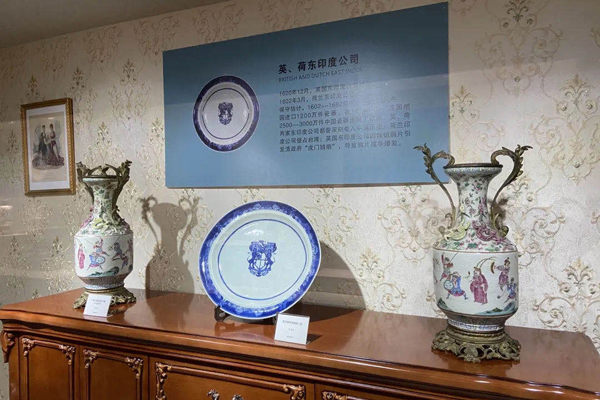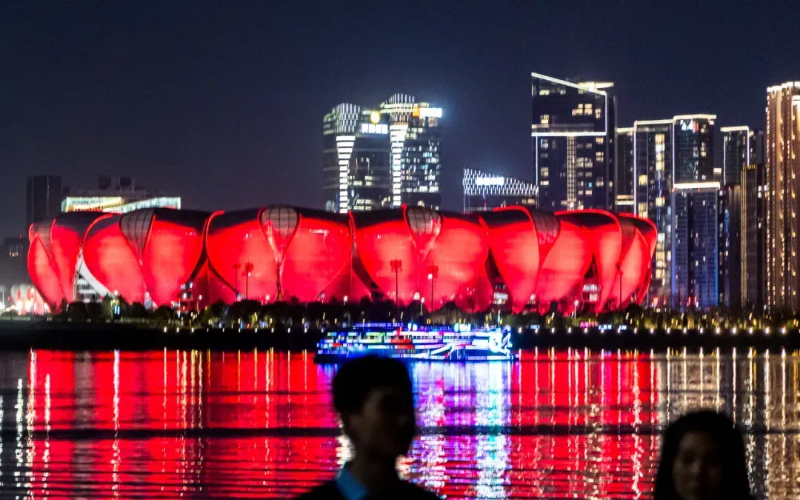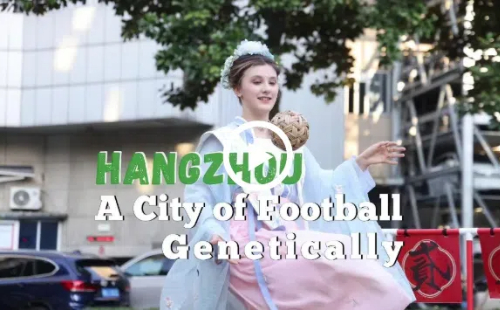Zhejiang's first exported porcelain museum opens

Part of the collection in the museum that displays returned exported porcelain in Lishui. [Photo/WeChat account: ls-mnews]
A museum that displays returned exported porcelain from the Ming (368-1644) and Qing (1644-1911) dynasties – the first of its kind in Zhejiang province – opened in Zhejiang's Lishui city on July 17.
Lishui is one of the birthplaces of Chinese porcelain and was one of prime sources of exported porcelain in history. Its Longquan celadon is an outstanding representative of Chinese porcelain firing skills, which has been included in UNESCO's Representative List of the Intangible Cultural Heritage of Humanity and has become a "golden name card" of China on the global stage.
The Overseas Returned Exported Porcelain Museum is the 11th private museum in Lishui. Over the past decade, museum curator Song Zhouyang collected more than 1,000 exported pieces from the Ming and Qing dynasties. Among them, he selected more than 300 pieces as exhibits in the museum.
"Since the beginning of the Silk Road in the Han Dynasty (206 BC-AD 220), fine Chinese porcelain has been exported overseas," he said. "Nowadays, very few of them are well preserved and the ones that can return to homeland are extremely rare and precious," Song added.
"We hope to show the unique charm of Chinese porcelain and tell the stories of foreign exchanges along 'the Belt and Road' through the collecting, research, and display of the exported porcelain."
In Lishui, private museums are an important way for the public to participate in the protection of cultural heritage. Last year, the city's 10 private museums received more than 600,000 visitors.





 play
play